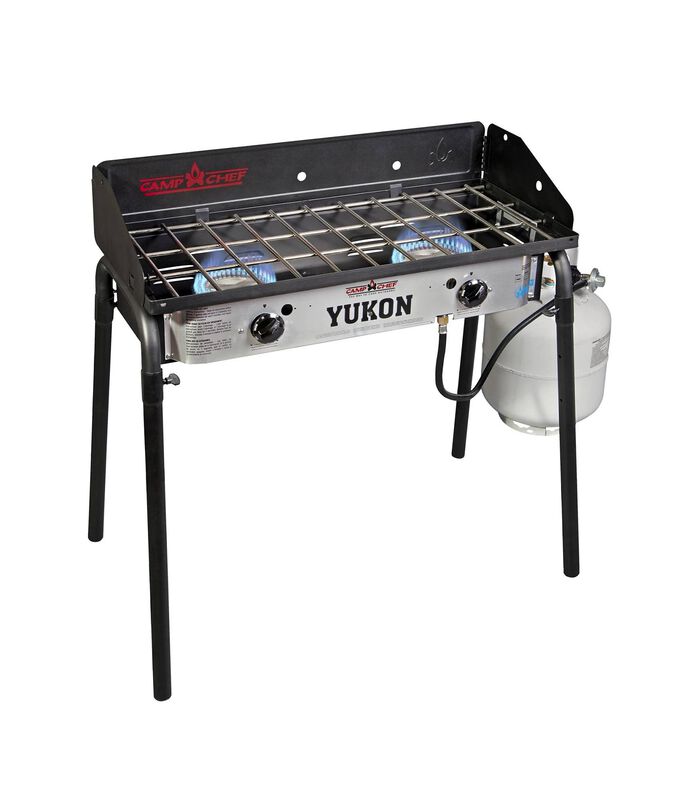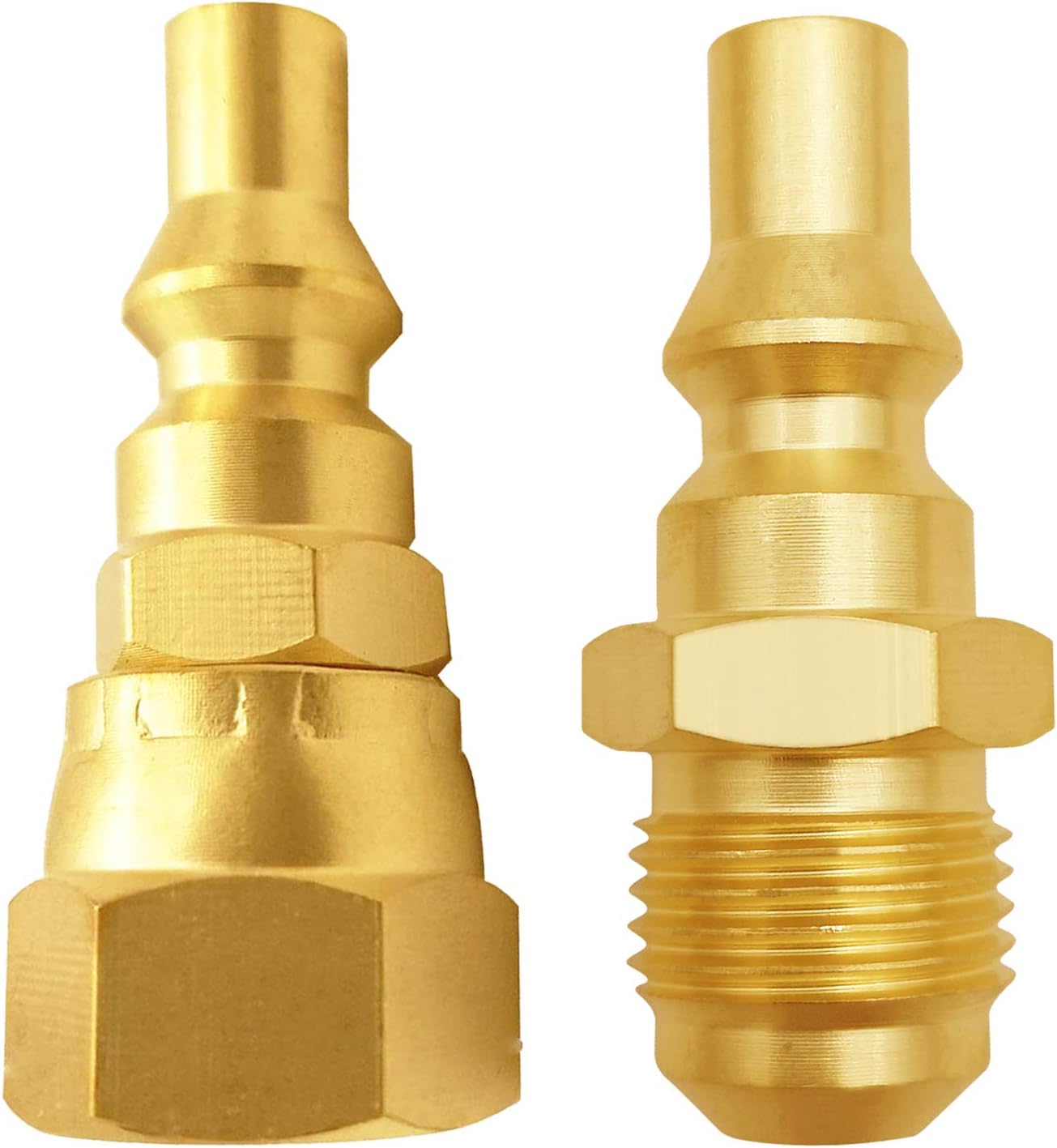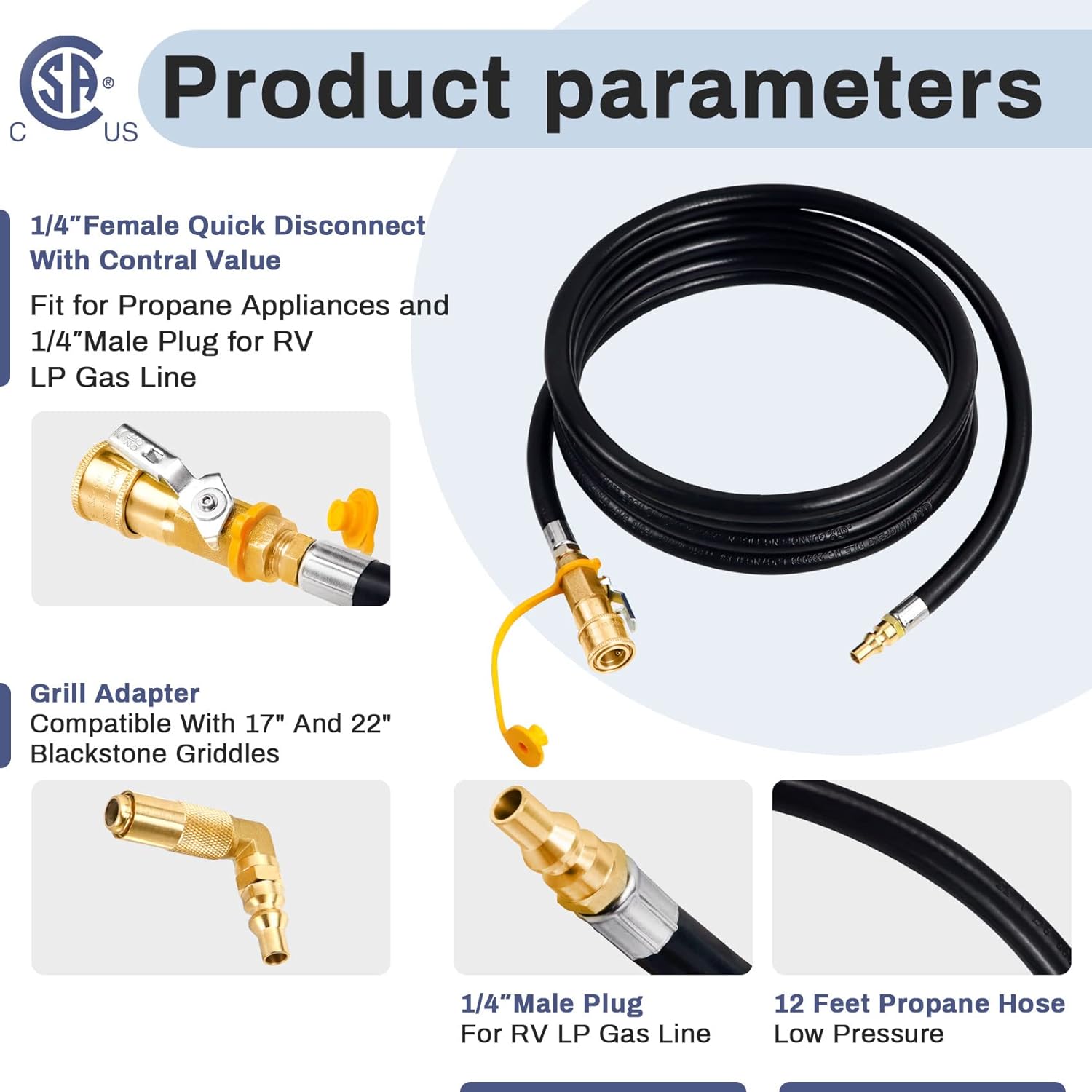taddeo1
Member
Getting ready for first big trip. Our TT is set up with a gas line from propane tank's high pressure regulator to the back of our unit with a quick connect to place a stove. I am aware that most/all stoves have a regulator that steps down pressure, so if we use one of those with our system, there will not be enough pressure at the stove. Can ALL new propane stoves/grills be easily modified to bypass (or other means) its regulator and allow proper pressures? Any suggestions on best practices, reference info, etc? thanks



